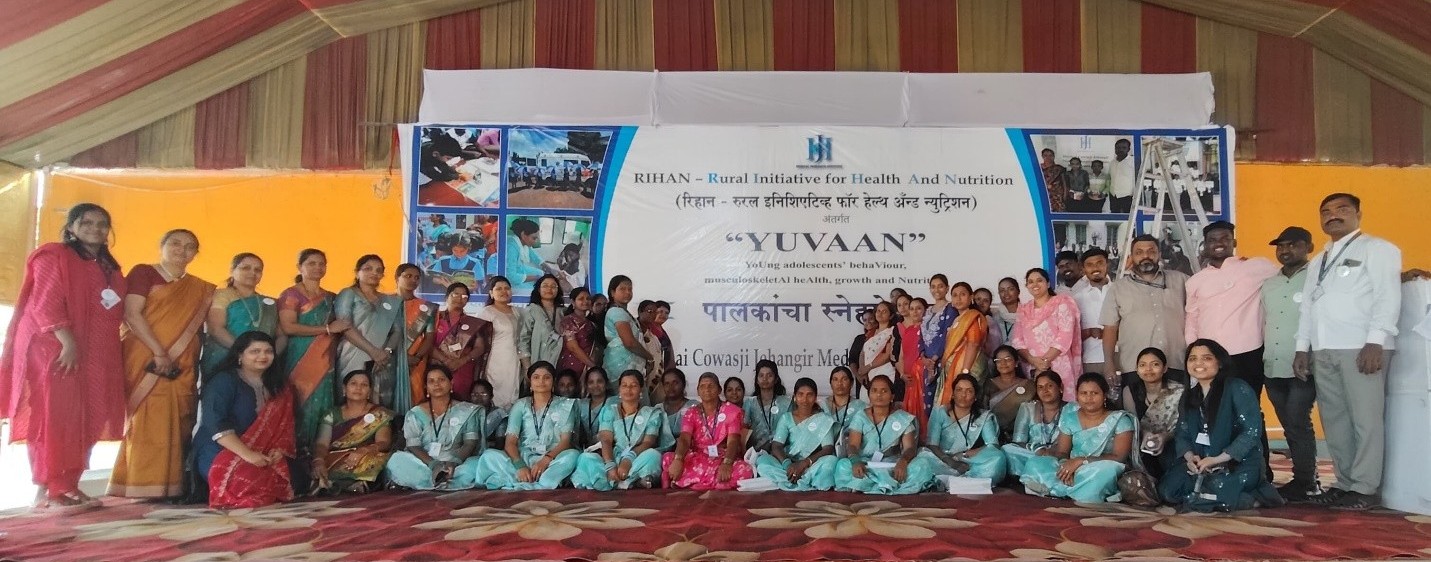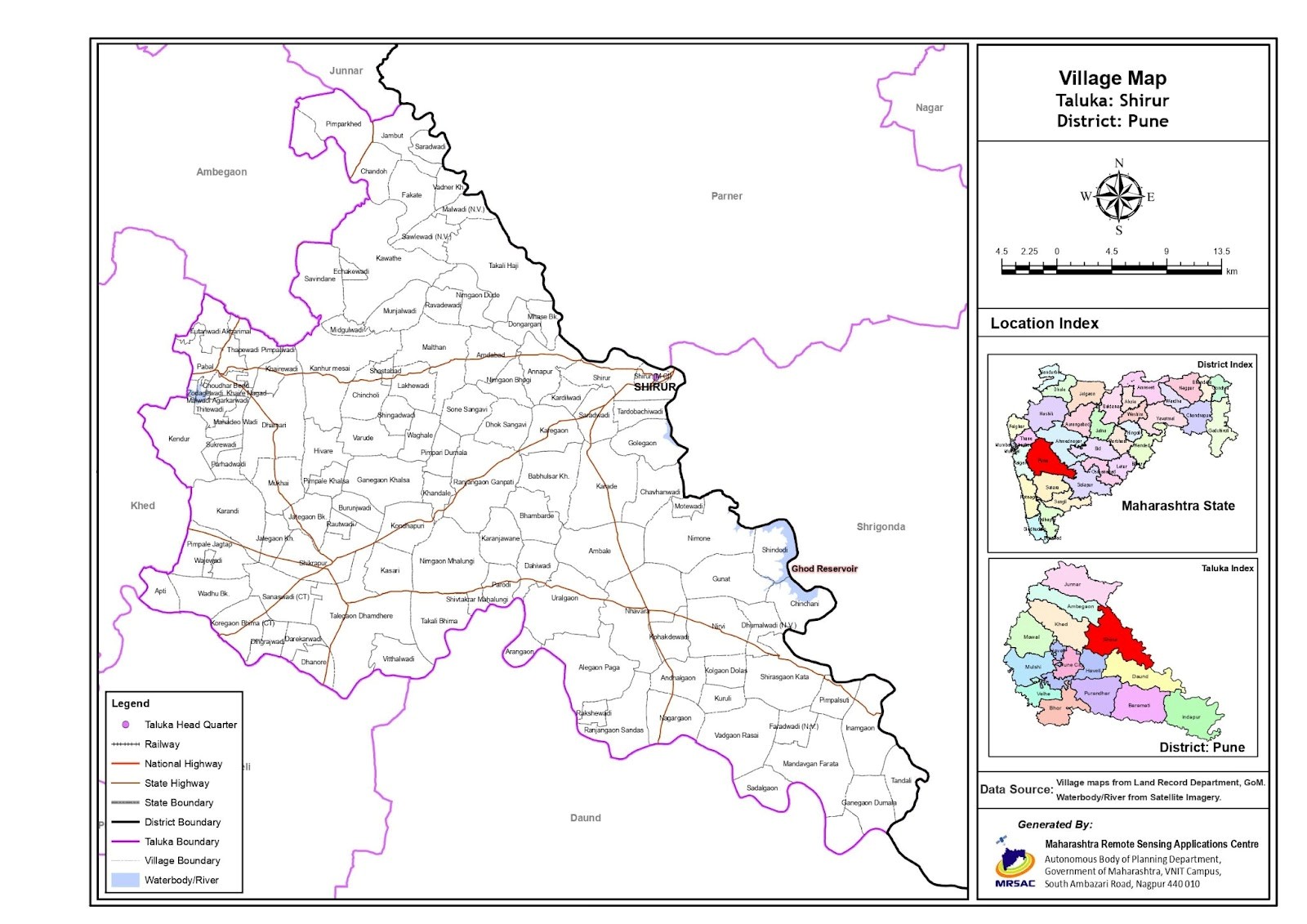YUVAN COHORT

Young adolescents’ behaViour, musculoskeletAl heAlth, growth and Nutrition
Today, more children are surviving into adulthood than ever before. The current generation of children who have reached age five will enter adulthood by 2030, becoming the bearers of the Sustainable Development Goals (SDGs). Their health and nutrition between ages 5 and 19 will have a lasting impact on the development of future generations.
According to the Comprehensive National Nutrition Survey, one in five children aged 5 to 9 years is stunted, highlighting ongoing malnutrition issues. Undernourished girls are at greater risk of becoming short-statured mothers, leading to low-birth-weight and stunted children, thus perpetuating a cycle of poor health and growth across generations. Both genetic and socio-demographic factors influence maternal and child growth, creating a persistent cycle of undernutrition.
Adolescence is a crucial period for physical, mental, and social development, shaping lifelong health, behaviors, and decision-making abilities. Investing in adolescent health and well-being yields benefits not just in adolescence, but also in adulthood and for future generations.
Recognizing adolescence as a "window of opportunity" for improving nutrition and health outcomes, the YUVAAN cohort study aims to examine the growth patterns—including anthropometry, bone mass, muscle mass, and function—of rural young adolescents, and how these are linked to intergenerational nutritional status over time.
Goal:
To investigate the growth trajectories of girls and boys aged 8 to 10 years in rural Maharashtra, and to study how these indicators affect the size and health of their future children by following the cohort until the offspring reach age five.
Objectives:
- ● To track growth patterns (height and weight) in children and young adolescents aged 8 to 10 years in rural Maharashtra.
- ● To conduct a longitudinal study of bone mass, muscle mass, and functional development in this age group.
- ● To examine the relationship between intergenerational nutritional status, comparing children’s growth with their parents’ height and the body composition of their future offspring.
- ● To enhance Social and Behavioural Change Communication (SBCC) strategies that improve nutritional status by assessing and strengthening the knowledge, attitudes, and practices of children, adolescents, and their parents.
Follow up visits:
- ● Follow-up visits are scheduled every six months to record the children’s anthropometric measurements.
- ● Every fourth year, parents undergo anthropometric measurements.
- ● Approximately 500 children are followed up each month for their scheduled six-monthly and annual visits.
0
Families enrolled
0
Fathers enrolled
0
Mothers enrolled
0
Children enrolled
Where We Work

Ranjangaon & Shirur Taluka
We work in 14 villages around Ranjangaon village cluster and their nearby Wadis and Wastis in Shirur taluka:




